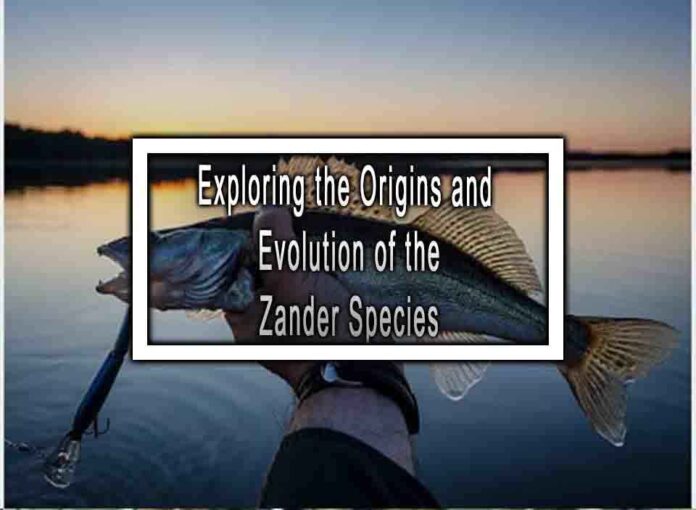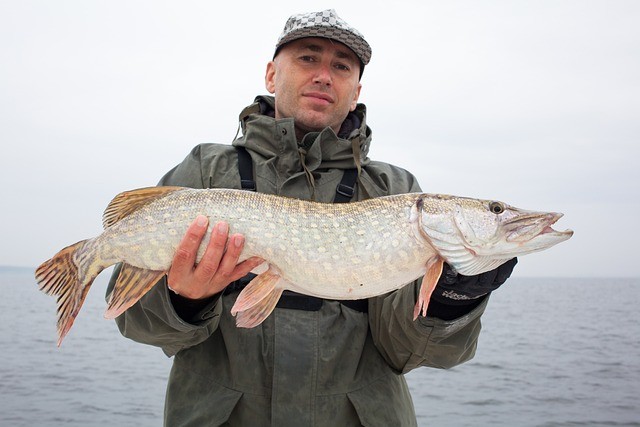The zander (Sander lucioperca), also known as the pikeperch, is a predatory freshwater fish species found in rivers and lakes throughout Europe and parts of Asia. Exploring the origins and evolution of the zander species provides insights into its history and adaptation to various environments. Here’s a look at the origins and evolution of the zander:
1. Taxonomy:
- The zander belongs to the family Percidae, which includes perch and other related species.
- Its scientific name, Sander lucioperca, reflects its genetic relationship with the perch (Perca fluviatilis) and the walleye (Sander vitreus).
2. Ancient Origins:
- Zander are believed to have ancient origins, with their lineage dating back millions of years.
- They are part of the order Perciformes, which includes a diverse group of fish species.
3. Native Range:
- The zander is native to freshwater bodies across Europe and Asia. Its natural range extends from the Danube and Volga River basins in Europe to the Caspian Sea and Aral Sea in Asia.
- It prefers clear, slow-moving or still waters, including lakes, reservoirs, and large rivers.

4. Ecological Adaptations:
- Zander are adapted to a range of aquatic habitats, from brackish estuaries to freshwater environments.
- They are primarily piscivorous (fish-eating) but also feed on crustaceans and other aquatic prey.
5. Human Introductions:
- Zander have been introduced to various water bodies outside their native range for recreational fishing and aquaculture.
- Successful introductions have led to established populations in some regions, including parts of the United Kingdom.
6. Hybridization:
- In areas where zander coexist with related species like the perch, hybridization can occur. This can lead to genetic diversity and unique adaptations in hybrid populations.
7. Conservation Status:
- The conservation status of the zander varies across its range. In some areas, populations are stable, while in others, overfishing and habitat degradation have led to declines.
- Conservation efforts, including habitat restoration and fishing regulations, are in place to protect zander populations in some regions.
8. Economic and Culinary Importance:
- Zander are prized by anglers for their size and fighting ability, making them a popular sportfish in Europe.
- They are also valued in European cuisine for their mild, flaky flesh and are often prepared by grilling, baking, or frying.
The origins and evolution of the zander species highlight its adaptability to diverse aquatic environments and its significance as both a sportfish and a culinary resource in certain regions. Conservation efforts play a crucial role in maintaining healthy zander populations, as they are an integral part of freshwater ecosystems in their native range.











